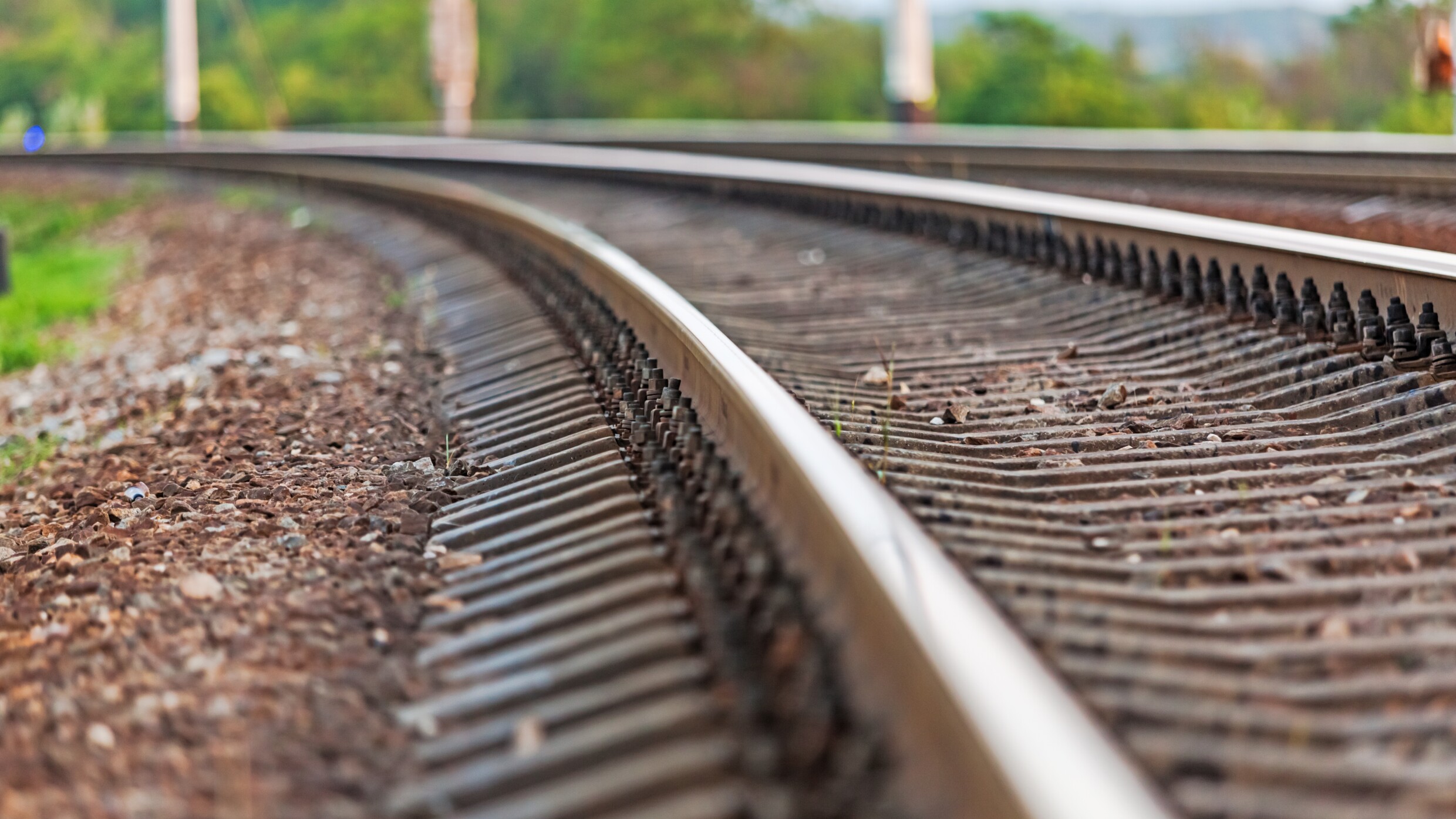Read next
Driverless rail vehicles
Safe and driverless public transport
In many major cities, the regular operation of self-driving trains is already part of everyday life. But how does autonomous driving in rail transport work?



© iStock.com/artisteer
Unlike on the road, autonomous rail travel has been a reality for nearly 40 years. The world's first driverless metro went into operation in the northern French city of Lille in 1983. Today, there are more than sixty fully automated metro systems around the world. All the tasks that would otherwise be performed by humans - starting the train, stopping at stations, opening doors, and monitoring the route - are controlled by a computer system.
Ten years of driverless metro in Nuremberg
The driverless subway lines U2 and U3 in Nuremberg are unique in Germany to date. They have been in operation since 2008 and carry more than 200,000 people on an average workday. This is made possible by networking the vehicles, the line, and the signal boxes. Computers are installed in the vehicles and along the line to control operations. Cameras and radar systems ensure safety on the platform. If an unauthorized person enters the tunnel, sensors immediately trigger an alarm. Obstacle detection in the track bed ensures that the train brakes in time if someone has fallen onto the track. Intelligent doors detect if people or objects are trapped and prevent the train from leaving without a driver.
But even here, it is not possible without human support. Employees in the central control center monitor operations and can intervene in an emergency. The results for VAG Nürnberg are very positive. Passengers are transported reliably, punctually, and safely, and there are no acceptance problems. According to a spokesperson, the computer is working even better overall.
Autonomous trains offer many benefits
The cost of additional technology, infrastructure and maintenance is high. So, what are the benefits of driverless systems? Self-driving trains increase passenger safety. Monitoring systems react faster than humans to unforeseen events. Waiting times are also reduced: Automated operation allows trains to run more frequently. The Nuremberg subway, for example, can run every 100 seconds. That is twice as often as with conventional operation. When there are large numbers of passengers, the length of the train can also be doubled by automatic coupling - remotely controlled from the control center.
Speed can also be increased: Artificial Intelligence (AI) is used to calculate optimal deceleration and acceleration times, allowing trains to start and stop with pinpoint accuracy. The more efficient driving style also reduces energy consumption.
Fraunhofer IIS was involved in the more energy-efficient planning of arrival and departure times for the Nuremberg subway. These methods are being further developed at the ADA Lovelace Center for Analytics, Data and Applications. Fraunhofer IKS is also part of this competence center and is researching new data analysis methods and algorithms for specific AI applications that offer added value for industry, data-driven services, and research.
Center of competence for data analytics and artificial intelligence in industry
As a project partner in the ADA Lovelace Center for Analytics, Data and Applications, a cooperation platform on data analytics for science and industry in Bavaria, Fraunhofer IKS is researching new data analytics methods and algorithms for concrete AI applications.
Autonomous vehicles in other areas of public transportation
Driverless systems are mainly used in subway railroads. Their line networks are less complex, as they usually run identical trains. Thanks to the tunnel system, it is a closed infrastructure with manageable external influences.
But autonomous rail transport is also possible on the surface. Although drivers still drive Deutsche Bahn’s long-distance trains, contact with the control center is theoretically sufficient to control the train. However, due to legal hurdles, passenger trains in Germany are not yet allowed to run driverless. This could soon change, however, as the necessary infrastructure is already being prepared: The European Train Control System (ETCS) is set to become the uniform standard for train control systems throughout Europe. On lines equipped with ETCS, sensors monitor the speed and position of the train. The system also checks whether the track is clear and, if so, automatically authorizes the train to pass. This system is a prerequisite for autonomous operation. It is expected that driverless long-distance trains will be transporting passengers in Germany within five years.
Steps are also being taken in other areas to automate public transportation. The city of Munich's MINGA research project aims to intelligently link driverless transportation systems and integrate them into the existing network. The project partners are focusing primarily on the automation of on-demand vehicles and buses in scheduled service. The project is scheduled to run until the end of 2025.
Dependable perception for safe applications
The correct detection of the environment is essential for the safe operation of cognitive systems. Autonomous vehicles, for example, continuously record their environment using various sensor technologies such as camera, radar or lidar systems.
More research on the perception of self-driving trains is required
The basis for the automation of our traffic systems is error-free machine perception of the environment. This perception is based on collected and fused data from cameras and sensors such as radar and lidar. Fraunhofer IKS is working on making AI more reliable in camera-based environmental perception. It must be possible to reliably detect and distinguish between different obstacles. It also plays an important role in checking the tracks for defects. To increase the performance of the AI for this application, the best possible machine learning processes and the associated hyperparameters must be selected. To improve the quality of the predictions, the uncertainties of the AI must also be precisely determined at runtime. Under the heading of Safe AI, scientists at the Fraunhofer IKS are researching how to safeguard AI and create systems that are demonstrably reliable.


